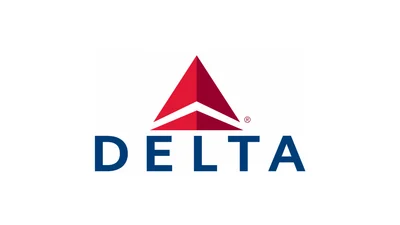Despite meeting certification requirements for noise at that time—keeping within roughly 95 to 105 effective perceived noise decibels (EPNdB) depending on weight and phase of flight—the MD-80 remained noticeably loud compared to newer aircraft. Noise standards have since become stricter; today’s new jets must comply with Stage 5 regulations according to current FAA guidelines (https://www.faa.gov/noise/stages).
Engine placement also contributed to uneven cabin noise distribution. Passengers seated toward the front experienced quieter conditions because the engines were mounted nearly 80 feet behind them. Those seated near or behind the wings often found it difficult to hear announcements over engine noise.
The rear-mounted engine configuration also affected communities near airports by projecting much of its exhaust downward during takeoff and landing. This led to increased ground-level noise impacts and earned the MD-80 its nickname “Mad Dog,” a play on its initials.
Modern jet propulsion technology has shifted focus toward higher bypass ratios—typically between 9:1 and 15:1—which direct more airflow around rather than through engine cores. For example, Rolls-Royce Trent XWB engines powering Airbus A350s have a bypass ratio around 9.6:1 (https://www.rolls-royce.com/products-and-services/civil-aerospace/commercial-airlines/trent-xwb.aspx). Newer narrowbody aircraft like those equipped with Pratt & Whitney’s geared turbofan reach even higher ratios up to about 12.5:1 (https://prattwhitney.com/products-and-services/products/purepower-geared-turbofan-engines). These advances reduce both cabin and community noise significantly compared to older designs like those found on the MD-80.
Other improvements include chevrons—serrated edges on engine nacelles seen on models such as Boeing’s Dreamliner family—that help mix exhaust flows more smoothly with surrounding air to further lower sound levels (https://www.boeing.com/commercial/787/by-design/#/quiet). Advances in fan blade materials and aerodynamics also contribute to quieter operations.
Despite its distinctive sound profile, nearly 1,200 MD-80s were produced before manufacturing ended in 1999. American Airlines operated over 300 units at peak usage while Delta Air Lines retired its last MD-80 in June 2020 (https://www.ch-aviation.com/portal/news/92267-delta-air-lines-retires-last-md-88-md-90-jets).
Today, about 78 MD-80 family aircraft remain active worldwide—including passenger versions as well as converted freighters—with most operations concentrated in regions such as Iran, Latin America, and parts of Africa (https://www.ch-aviation.com/portal/news/130045-md82-still-active-worldwide). Cirium data indicates more than 4,500 flights are scheduled for these aircraft next month alone.
While quieter technology has largely phased out noisy jets from regular service globally—making modern cabins far less disruptive—the legacy of aircraft like the MD-80 remains notable for both their reliability and their unmistakable sound.
 Alerts Sign-up
Alerts Sign-up




































